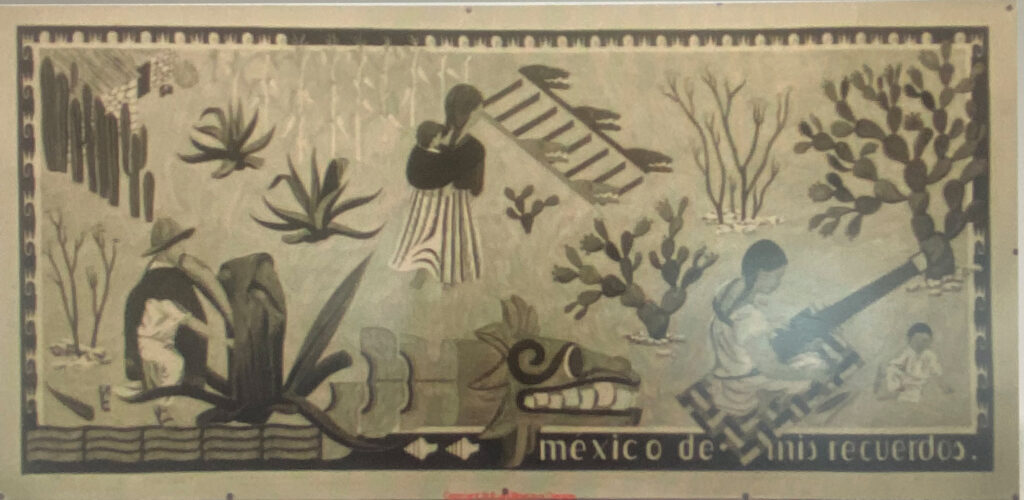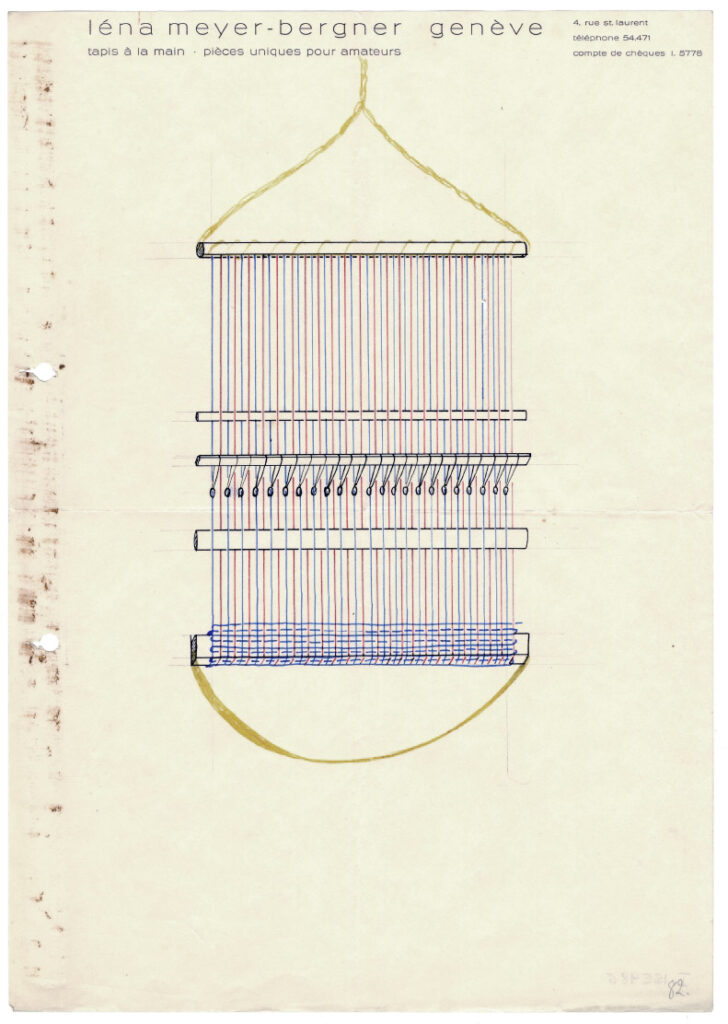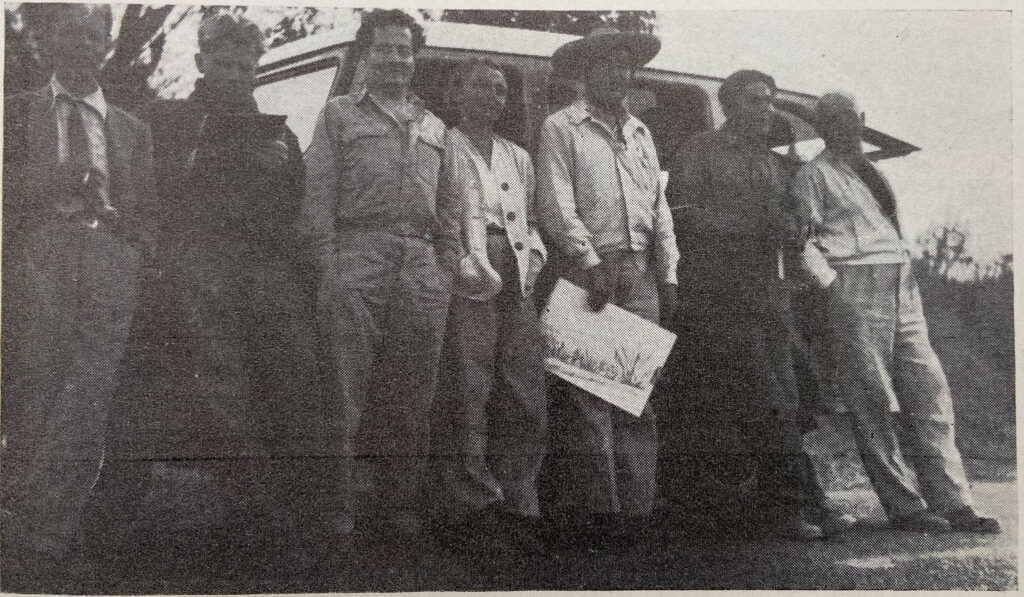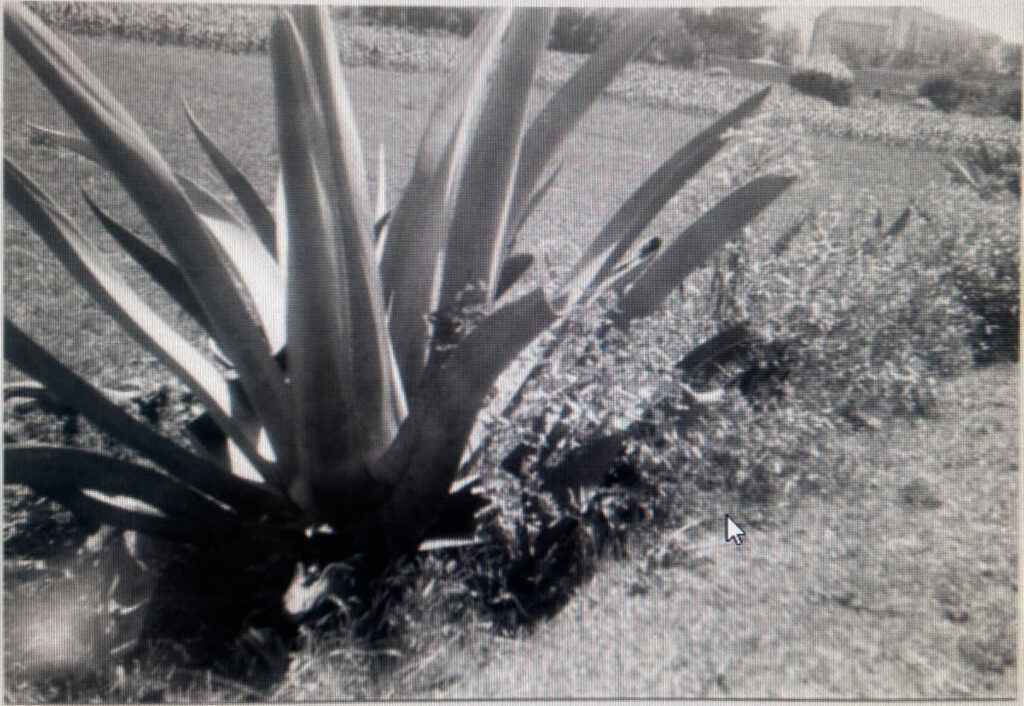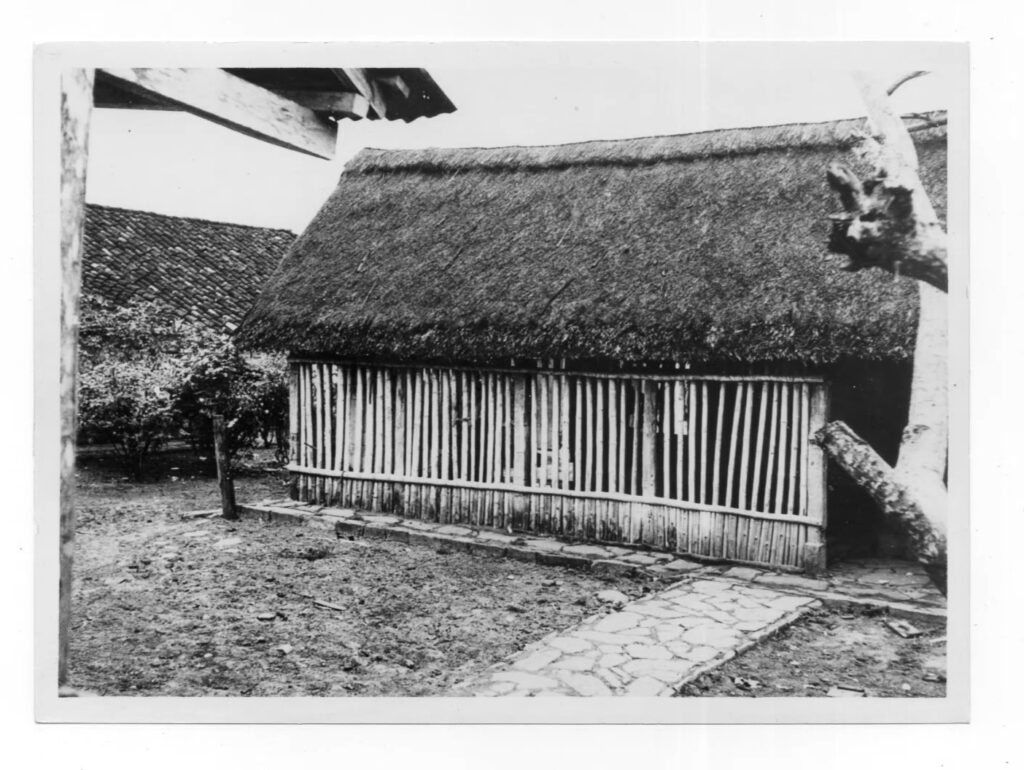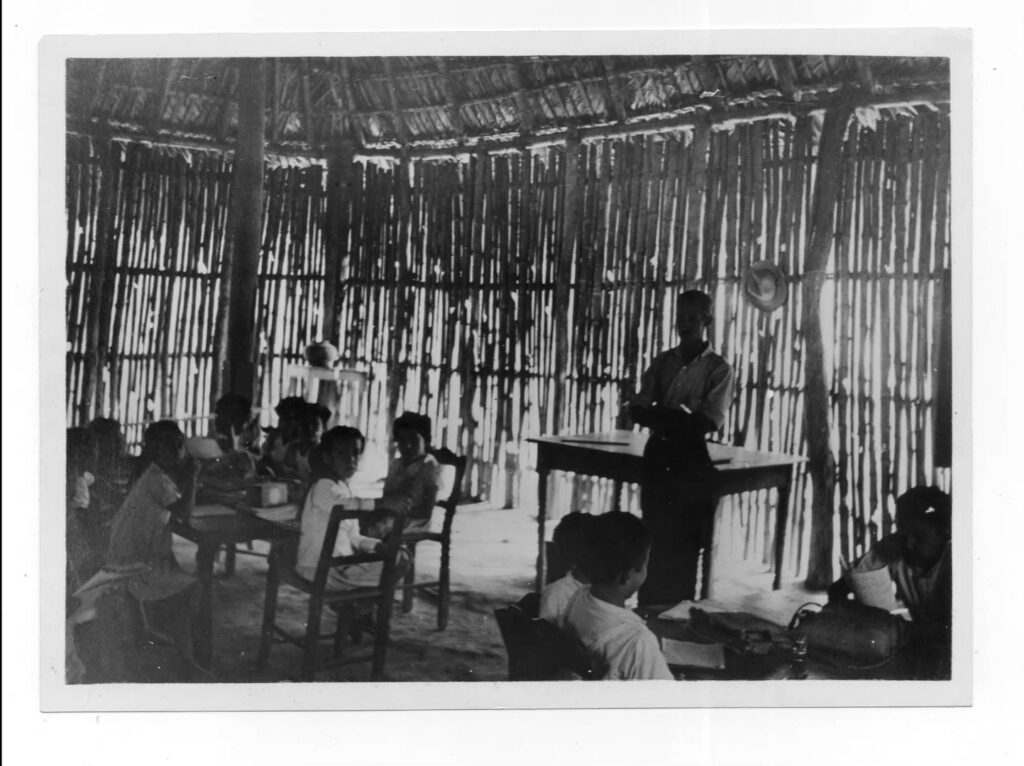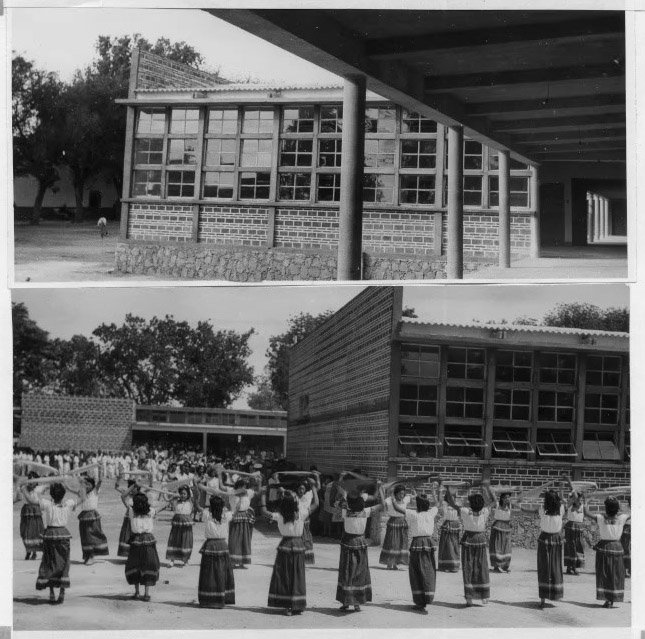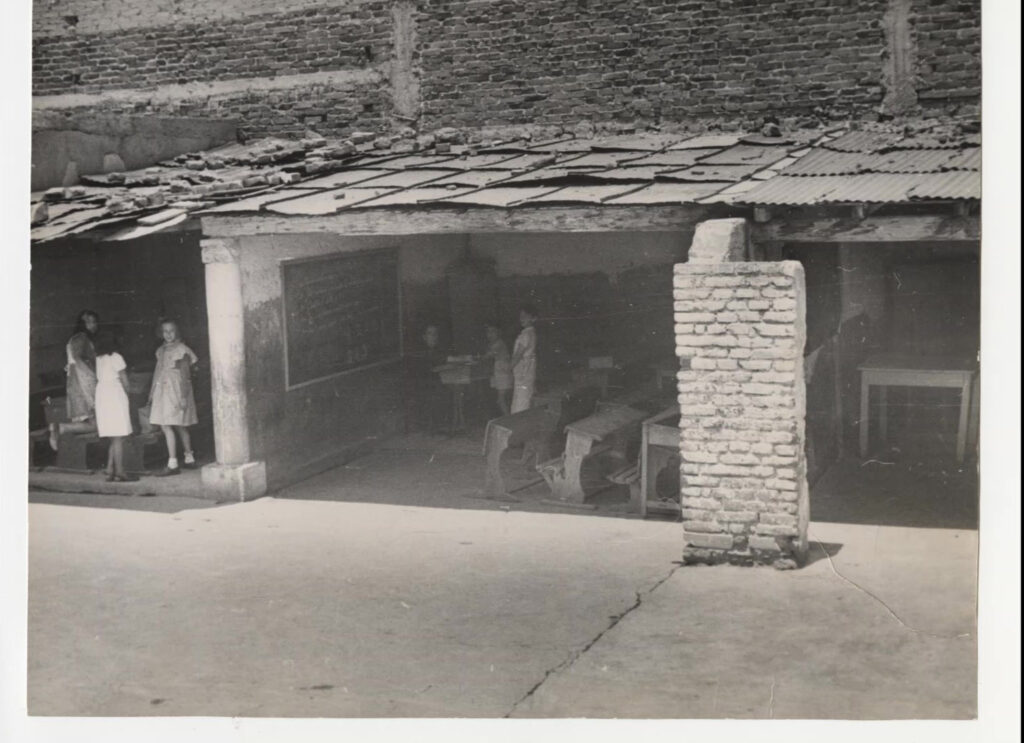How do you create a learning program for communities that have been marginalized by colonial realities? This is a question that perhaps Lena Meyer-Bergner asked herself when she was commissioned by the government of Mexican president Lázaro Cárdenas to develop a teaching plan for the Otomíe weavers in the Ixmiquilpan region in the Mezquital Valley around 1939 – an undertaking that was never executed. Between 1939 and 1949, Meyer-Bergner took part in different projects such as the graphic design of the catalog Construyamos Escuelas (Let’s build schools), which was commissioned to her husband Hannes Meyer by the CAPFCE (Comité Administrador del Programa Federal de Construcción de Escuelas). As a guest artist in the group Taller de Grafica Popular (People’s Graphic Workshop, TGP) she explored graphic techniques and visual culture in the Mexican imagery, something of which she would not have been aware before living in the neotropical realm.
But what happened in Mexico before and during Meyer-Bergner’s time in the country? The social revolutions that took place in the country at the beginning of the 20th century led to several agrarian and educational reforms as part of president Lázaro Cárdenas’s agenda. During his mandate, Hannes Meyer and Lena Meyer-Berger were invited to be part of the “democratic and anti-imperialist movement”[1] which the administration was intended to pursue. Within the framework of a national project, a plan was implemented to promote national production combining industrial development and capitalist production methods with a strategy for the integration of the artisanal workforce among other hand labor activities.[2]
One of the studies carried out following the government’s agenda was published in January 1939 by Francisco Rojas Gonzales. Titled “Las Industrias Otomíes del Valle del Mezquital,” this article was familiar to Meyer-Bergner, whose Spanish language skills enabled her to navigate in a society of great linguistic barriers. It should not be forgotten that at this time, only a small percentage of the population could read and write in Spanish. The Otomís, on the other hand, had their own language, therefore a more graphic approach to teaching could have been considered. Much of her correspondence shows a quest to improve her drawing technique, something she was able to practice extensively with the TGP.
During her trips in Mexico, it was highly probable that she encountered and exchanged experiences with the Otomís’ communities herself. One of the reasons to believe so is the extensive field research undertaken by Meyer and Meyer-Bergner on urban planning in the Ixtapalapas’ region as well as the region of Veracruz where part of the Otomís are located.
[1] Lena Meyer-Bergner (ed.). Hannes Meyer. Bauen und Gesellschaft. Schriften. Briefe. Projekte. Dresden: Verlag der Kunst, 1980, p. 281.
[2] Nora Jiménez. Artesanías y saberes tradicionales. Michoacán, Mexico: El Colegio de Michoacán, 2015, p. 339.
